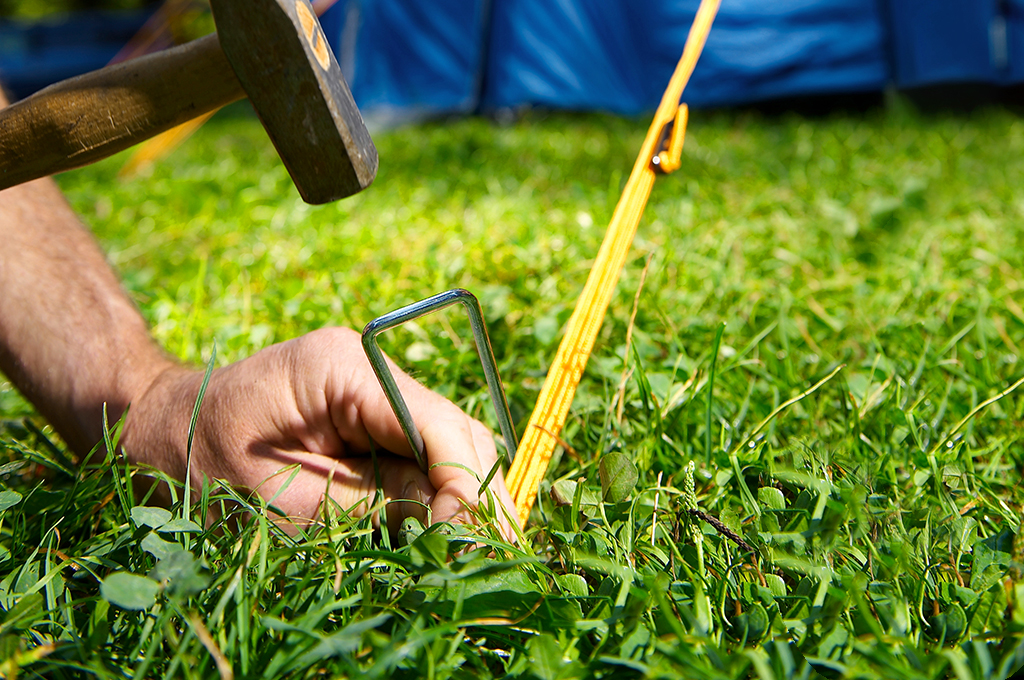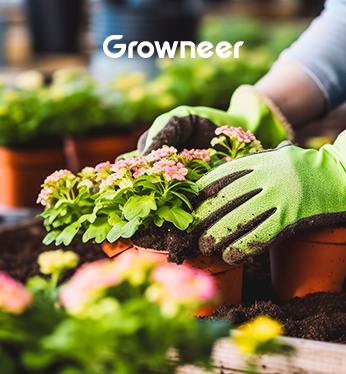How to Grow Red Romaine Using a Hydroponic System for Beginners
How to Grow Red Romaine Using a Hydroponic System for Beginners Basic Data ☀ Ideal Temperature: Red Romaine thrives in cooler temperatures, typically between 55°F to 65°F. 🌱 Germination Time: Usually takes 5 to 10 days to germinate. 📅 Time to Maturity: Typically matures in about 60 to 80 days. Germination Steps Step 1: Soak the planting sponge and gently squeeze out excess moisture. Step 2: Place Red Romaine seeds into the damp sponge. Step 3: Keep in a cool area until seeds germinate. Step 4: Transfer the sponge with the sprouted seeds to the hydroponic system. Growing Process Light Requirements Table StageLight DurationLight SpectrumLight IntensityGermination10-12 hours/dayFull spectrum100-150 µmol/m²/sSeedling12-14 hours/dayFull spectrum150-200 µmol/m²/sVegetative14-16 hours/dayFull spectrum200-250 µmol/m²/sMature14-16 hours/dayFull spectrum200-250 µmol/m²/s 💧 Water Pump Volume and Duration: Set to cycle every 20 minutes. 🔧 pH Value: 6.0 to 6.8. 🍼 Nutrient Ratio: Nitrogen: 150 parts per million Phosphorus: 50 parts per million Potassium: 200 parts per million Calcium: 150 parts per million Magnesium: 75 parts per million Trace Elements: Include Iron, Manganese, Zinc at 1 part per million each as needed. Plant Benefits Nutritional Value: High in vitamins A, C, and K, as well as dietary fiber. Aesthetic Appeal: Vibrant red leaves add a striking color contrast in salads and the garden. Crisp Texture: Known for its crunchy texture, making it a favorite in fresh salads. Conclusion Red Romaine is a fantastic lettuce variety for hydroponic beginners, offering visual appeal, nutritional benefits, and a delightful texture. It’s easy to grow and provides a robust yield, making it an excellent choice for those looking to enhance their diet with fresh greens.


